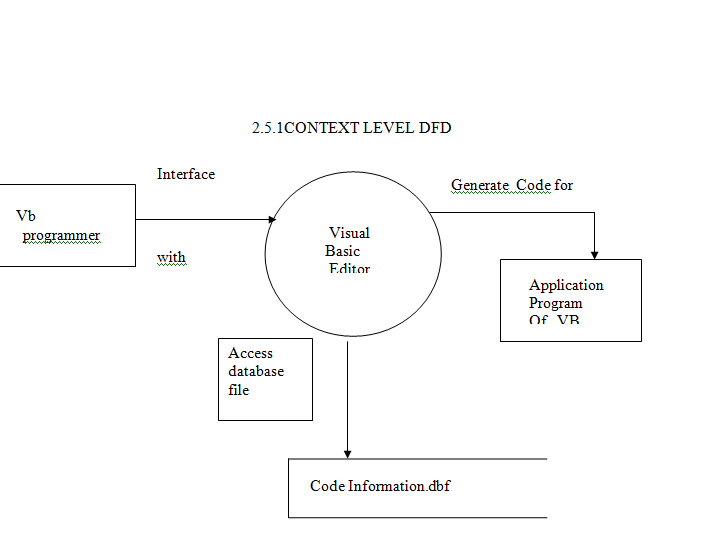How TO Make Petrol Pump Management System report
Managing a petrol pump efficiently is no small task. With numerous daily operations like monitoring fuel levels, tracking sales, managing employee shifts, and maintaining financial records, a comprehensive system is crucial. That’s where a Petrol Pump Management System steps in, simplifying the overall management process. This blog post delves into the Petrol Pump Management System developed using PHP, CSS, JavaScript, and MySQL, offering a detailed report on how this project operates and its key components.
Table of Contents
Project Overview
The Petrol Pump Management System is designed to automate the manual operations at a petrol pump, making management smoother and more efficient. The system encompasses features like fuel stock management, billing, staff scheduling, and daily transaction reports. By using web technologies such as PHP for backend functionality, CSS for styling, JavaScript for client-side interactions, and MySQL for data storage, this system offers a dynamic solution to petrol pump operations.
PHP PROJECT:- CLICK HERE
Core Objectives
- Fuel Management: Track the amount of fuel available in stock, monitor the usage and refueling schedules, and alert staff when stock is low.
- Employee Management: Record employee details, assign shifts, and track work hours, simplifying payroll management.
- Transaction Management: Handle customer billing, payment processing, and maintain a record of all transactions for future reference.
- Reporting and Analytics: Generate daily, weekly, and monthly reports on fuel consumption, sales, and other relevant statistics.
Technologies Used
- PHP: The core of the backend, PHP processes requests, interacts with the database, and ensures smooth server-side operations.
- CSS: Guarantees that the system is intuitive to use and aesthetically pleasing by offering a modern and user-friendly interface.
- JavaScript: Adds dynamic functionality to the system, including form validation, user interactions, and real-time updates.
- MySQL: Manages the data storage, storing essential information such as employee records, fuel stock, transaction details, and reports.
New Project :-https://www.youtube.com/@Decodeit2
System Features
- Admin Dashboard:
The admin dashboard acts as the control center of the system. It offers an overview of stock levels, employee shifts, and transaction summaries. Admins can also generate reports and track key metrics. - Fuel Stock Management:
This feature enables the admin to monitor fuel levels in real-time. Whenever fuel is dispensed, the stock is automatically updated. Additionally, alerts are generated when fuel levels drop below a certain threshold, ensuring that timely refills are made. - Transaction Processing:
Customers can be billed directly through the system. The system records every transaction, categorizing it by fuel type, quantity, and amount paid. Whether customers pay through cash, card, or mobile payments, the system tracks it all seamlessly. - Employee Management:
Shift schedules and attendance tracking are easily handled through the system. The admin can view employee details, assign shifts, and generate monthly payrolls based on hours worked. - Daily Reports:
The reporting feature provides detailed insights into the petrol pump’s performance. Reports can be customized to show daily fuel sales, total revenue, and employee performance. These reports support decision-making and operational optimization.
Database Design
The MySQL database is at the heart of the system, with tables for:
- Employees: Stores employee information, including names, contact details, shift schedules, and payroll details.
- Fuel Stock: Keeps track of the amount of fuel available, including separate entries for different types of fuel.
- Transactions: Logs every transaction made at the pump, including the type of fuel, quantity, and amount paid.
- Reports: Stores daily sales data and performance metrics for easy access and analysis.
Here’s a simplified view of how the database tables could be structured:
User Roles
- Admin: Has full access to the system, including adding new employees, managing fuel stock, generating reports, and handling transactions.
- Employee: Limited access, primarily responsible for handling transactions and viewing their shift schedules.
Future Enhancements
While the current system effectively manages basic petrol pump operations, there is always room for improvement. Future updates could include:
- Integration with IoT: Automatic fuel level monitoring via IoT sensors would eliminate the need for manual stock checks.
- Mobile App: A companion mobile app for on-the-go management and notifications could enhance the system’s functionality.
- Analytics Dashboard: A more detailed analytics dashboard with graphs and predictive models to help admins make more informed decisions.

Diagrams Needed for this report are:
- Data Flow
- ER Diagram
- Schema Diagram
- Use Case Diagram
